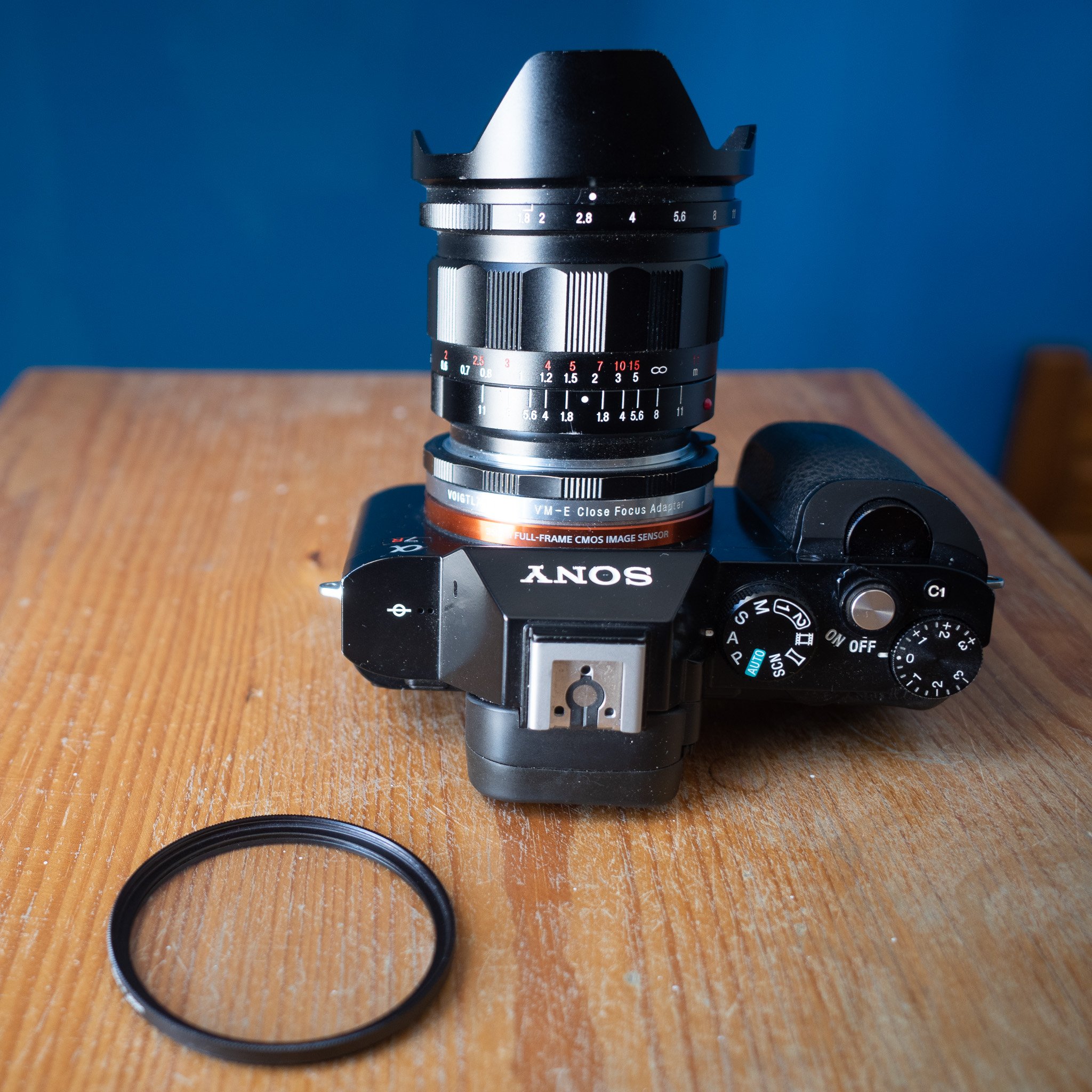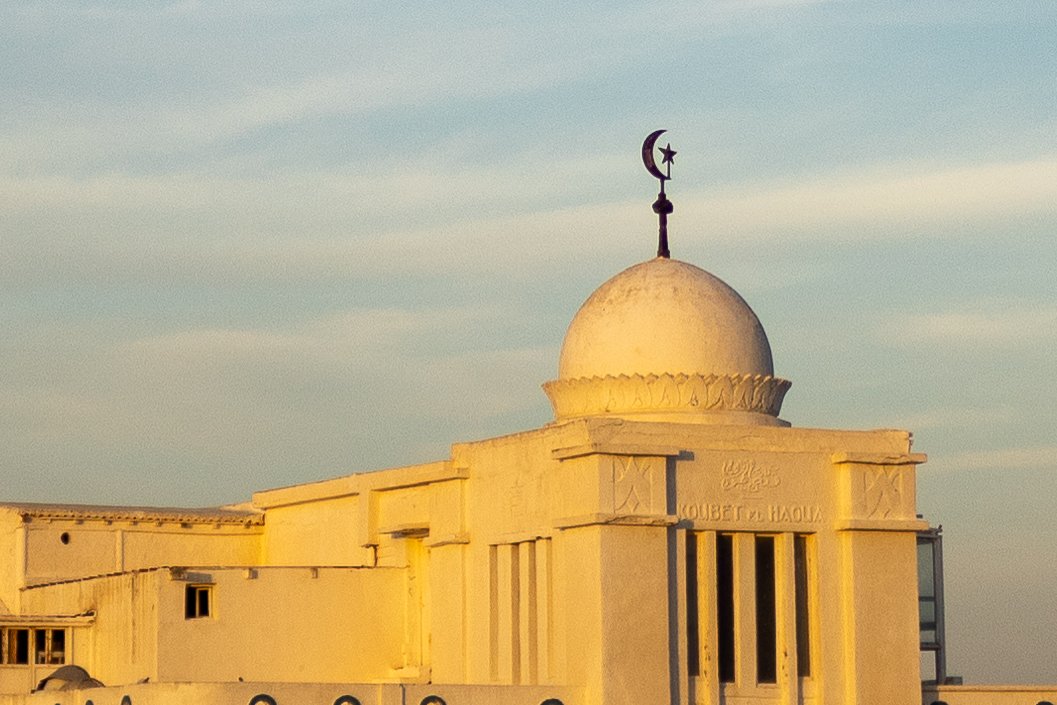REVIEW: VOIGTLANDER ULTRON 21MM F/1.8
Introduction
The Voigtlander 21mm f/1.8 Ultron is a solid performer, at a reasonable price, and strikes a nice balance between fast aperture and weight. Before purchasing this lens, I wasn’t much of a wide angle shooter. I had previously considered picking up the Voigtlander 21mm f4 to test, but never expected to own a faster 21mm for the m-mount. But one day, while scouring the ebay listings, I came across this lens in near mint condition for $360. Needless to say, I couldn’t pass up the opportunity.
After several months of shooting with the 21mm f1.8, I can confidently say it’s one of my favorite lenses and it has made me into a wide angle fan.
Sony a7r - Voigtlander 21mm f1.8 Ultron
Build Quality
I own 10+ Leica m-mount lenses and the Voigtlander 21mm f1.8 is at the top of the class. The craftsmanship is evident. It is constructed entirely of metal and glass. The aperture ring is firm with satisfying clicks. The focus ring is lubricated with wd-40 from heaven and glides like ice on glass, although I wouldn’t mind a little more resistance.
Size and Handling
The Voigtlander 21mm f1.8 Ultron is the middle child of Voigtlander’s current 21mm offerings, with the 21mm f3.5 Color-Skopar on the small end and the big brother 21mm f1.4 Nokton tipping the scales at 480 grams.
The 21mm f1.8 is a bit larger and heavier than I typically prefer, but the unique attributes of the lens are worth the extra heft. It is a little front heavy when adapted to my Sony a7r with the Voigtlander VM-E Close Focusing Adapter. It feels better balanced when adapted to my Olympus e-m1 mark ii with its larger grip. The leaf petal lens hood cannot be removed.
Image Quality
Vignetting: Vignetting is significant when shooting lens wide open at f1.8 (see photo below). Naturally, it gets better as you stop down the aperture. Applying the lens corrections in Lightroom goes a long way in cleaning it up.
Color Cast: On my Sony a7r I often get a magenta color cast in the photos (see photo below). This isn’t nearly as noticeable in images with a busier background. I’ve been told this doesn’t occur to the same degree when using a Leica M rangefinder and is the result of the m-mount lenses not being optimized for the Sony sensor.
Distortion: Distortion is very well controlled straight out of camera. The horizon in the image below displays the slightest amount of pin cushion distortion but it’s barely visible.
Shot at f/1.8, displays vignetting and magenta corner color cast.
Vignette is less noticeable in real-world images.
Sharpness: I’ve been impressed with this lens’ sharpness and it definitely doesn’t fall into the “dreamy” category at wide apertures. I took the lens out tonight for a torture test and shot at dusk at the maximum aperture of f/1.8. Center sharpness is very pleasing. The corners aren’t great at f/1.8, but naturally, as you stop down, they sharpen up considerable. At f4, the lens achieves sharpness across the frame.
f/1.8
Center crop
Corner crop
Minimum Focusing Distance: I can’t tell you how much I appreciate the 5. meter minimum focusing distance on this lens. It feels like a luxury after photographing with so many m-mount lenses that only focus down to .7 or 1.0 meters.
Bokeh: You probably aren’t looking at the Voigtlander 21mm f/1.8 Ultron as a bokeh beast lens. Most m-mount 21mm lenses feature apertures in the range of f/3.5 to f/5. Slow apertures and wide fields of view usually don’t produce much in the bokeh department. This is where the Voigtlander offers something unique. Shooting at f/1.8 and utilizing it’s focusing distance of .5 meters, you can separate your subject and achieve a unique look.
Chromatic Aberration: CA is well controlled on this lens. It is present but I’ve never found it intrusive. When using this lens, I rarely bother to correct for CA in Lightroom.
Original image, f/2
90% crop. Notice slight CA in the branches and on the cat’s face.













